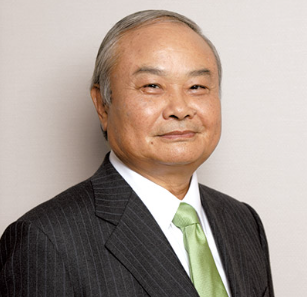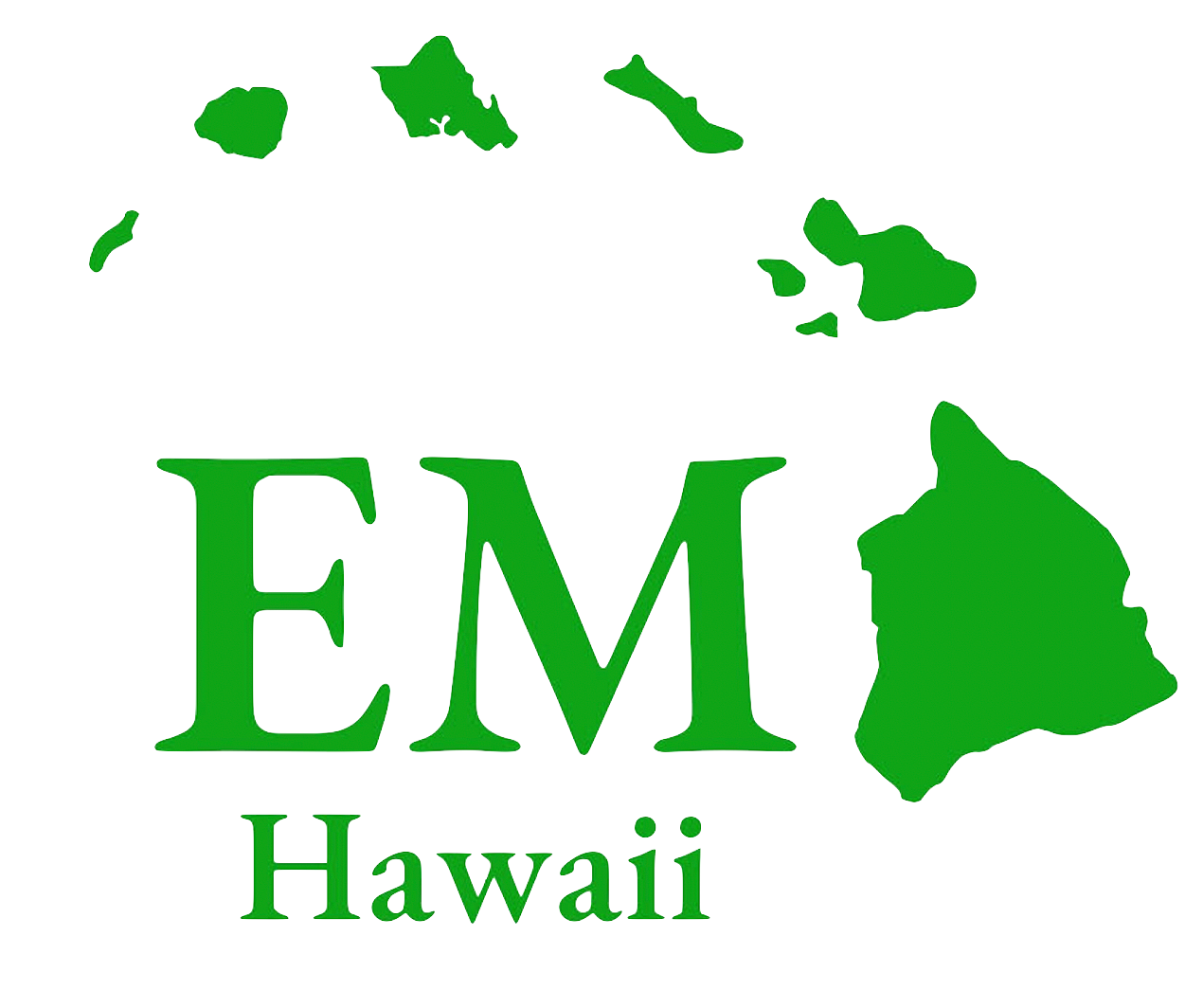What is EM You Ask?
EM® is the abbreviation for Effective Microorganisms®.
It is a people-friendly and environmentally safe product of
EMRO (EM Research Organization) that achieves synergistic effects by combining beneficial microorganisms that exist in nature. The three main strains of microbes are lactic acid bacteria, yeast, and phototrophic bacteria. EM® activates the native microorganisms that live in soil and water and maximizes their natural regenerative power. Professor Teruo Higa developed EM® in Okinawa, Japan, in 1982, and it is now used worldwide in more than 100 countries. The EM® brand represents a line of microbial products in numerous fields, including agriculture, animal husbandry, environmental purification, home, and health.

ABOUT PROFESSOR TERUO HIGA
Professor Higa is the pioneer of EM®. In his earlier years, he researched mandarin oranges for his doctorate in Horticulture at Kyushyu University Graduate School. In those days, orange farming relied heavily on agricultural chemicals. He was aware of microorganisms at the time but advocated using chemical fertilizers and pesticides because, through personal experience, he knew that farming was highly labor-intensive. While he was involved in growing oranges, he noticed an overall decline in his health, and his symptoms got progressively worse as he continued to work in proximity with agro-chemicals. This experience profoundly impacted him and caused him to shift his thinking to make microorganisms the main focus of his research.
After returning to Okinawa, he continued his research at the Department of Agriculture at the University of the Ryukyus, experimenting with several strains of safe and harmless microorganisms. One day, he felt it was such a waste to flush these strains down the drain and decided to pour them on a patch of grass instead. A week later, Professor Higa noticed that the growth of the patch of grass was significantly better than the grass around it. He was confident that the difference came from the mixture of several different types of microorganisms he poured out and realized that the key to healthy plant growth was the combination of microbes. After many years of trial and error, Professor Higa discovered an optimal mix of microbes and coined the name "EM" for the group. His development of EM® Technology has brought him international recognition, and he now provides guidance and assistance in the application and research of EM® around the world.
Professor Higa insists that authentic technologies, including EM® products, have the power to overcome many common problems humans face, including food crises, environmental degradation, health care, and more.
He defines authentic technologies in such a way that they must satisfy two essential criteria: first, they must generate only positive results free from any defects, drawbacks, or negative aspects, and second, they must be affordable. EM® satisfies the first criteria, as no cases have been reported with any evidence of adverse or harmful results or negative side effects. It also meets the second criterion because EM® is manufactured and distributed in many countries worldwide.
Using EM® products will regenerate and enrich Earth's ecosystems, enabling us to live in a society based on co-existence and co-prosperity.
EM is Made Up of 3 Main Genera
Lactic Acid Bacteria (Lactobacillus App)
“Ferments organic matter and produce organic acids that inhibit pathogens. Used to make yogurt and pickles.”
Lactic Acid bacteria produce lactic acid from sugars and other carbohydrates produced by Phototrophic bacteria and yeast. Some foods and drinks, such as yogurt and pickles, have used Lactic acid bacteria since ancient times. This reflected the fact that Lactic Acid bacteria is a strong sterilizer. It suppresses harmful microorganisms and promotes a rapid decomposition of organic matter. Moreover, Lactic Acid bacteria decompose organic substances such as lignin and cellulose, which are hard to decompose and ferment, thereby removing undesirable effects of un-decomposed organic matter.
Lactic Acid bacteria also can suppress the multiplication of Fusarium, a harmful microbe that causes disease in continuous cropping. Generally, an increased population of Fusarium weakens plants, resulting in a sudden increase in harmful nematodes. As Lactic Acid bacteria reduce the population and activity of Fusarium, harmful nematodes also gradually disappear.
Yeasts (Saccharomyces spp)
“Ferment organic matter and produce hormones and enzymes. Used to make bread, beer, and wine.”
Through their fermenting activities, Yeasts produce valuable substances for plants from the secretion of plant roots, amino acids, and sugars produced by Phototrophic Bacteria and other organic substances in soil. Especially, bioactive substances produced by Yeasts, such as hormones and enzymes, promote active cell and root division. They also have useful substrates for other beneficial microorganisms, such as Lactic Acid bacteria and actinomycetes, to multiply.
Phototrophic Bacteria (Rodopsedumonas spp)
“Help maintain the balance with other beneficial microorganisms, allowing them to coexist and work together.”
Phototrophic bacteria are a group of independent, self-supporting microorganisms. They synthesize valuable substances called metabolites from the secretion of roots, organic matter, and harmful gases, for example, hydrogen sulfide, by using sunlight and the heat of soil as sources of energy. The metabolites produced by the Phototrophic bacteria include amino acids, nucleic acids, bioactive substances, and sugars, all promoting plant growth and development.
These metabolites are directly absorbed into plants and act as substrates for other beneficial microorganisms to multiply. For example, VA (vesicular-arbuscular) mycorrhizae in the rhizosphere increase feeding on nitrogen compounds (amino acids) secreted by Phototrophic bacteria. The VA mycorrhizae increase the solubility of phosphorus, which the plant roots cannot absorb. VA mycorrhizae can coexist with Azotobacteria and enhance their capacity to fix nitrogen.
Visit our store location in Honolulu or give us a call at
808-548-0396.





